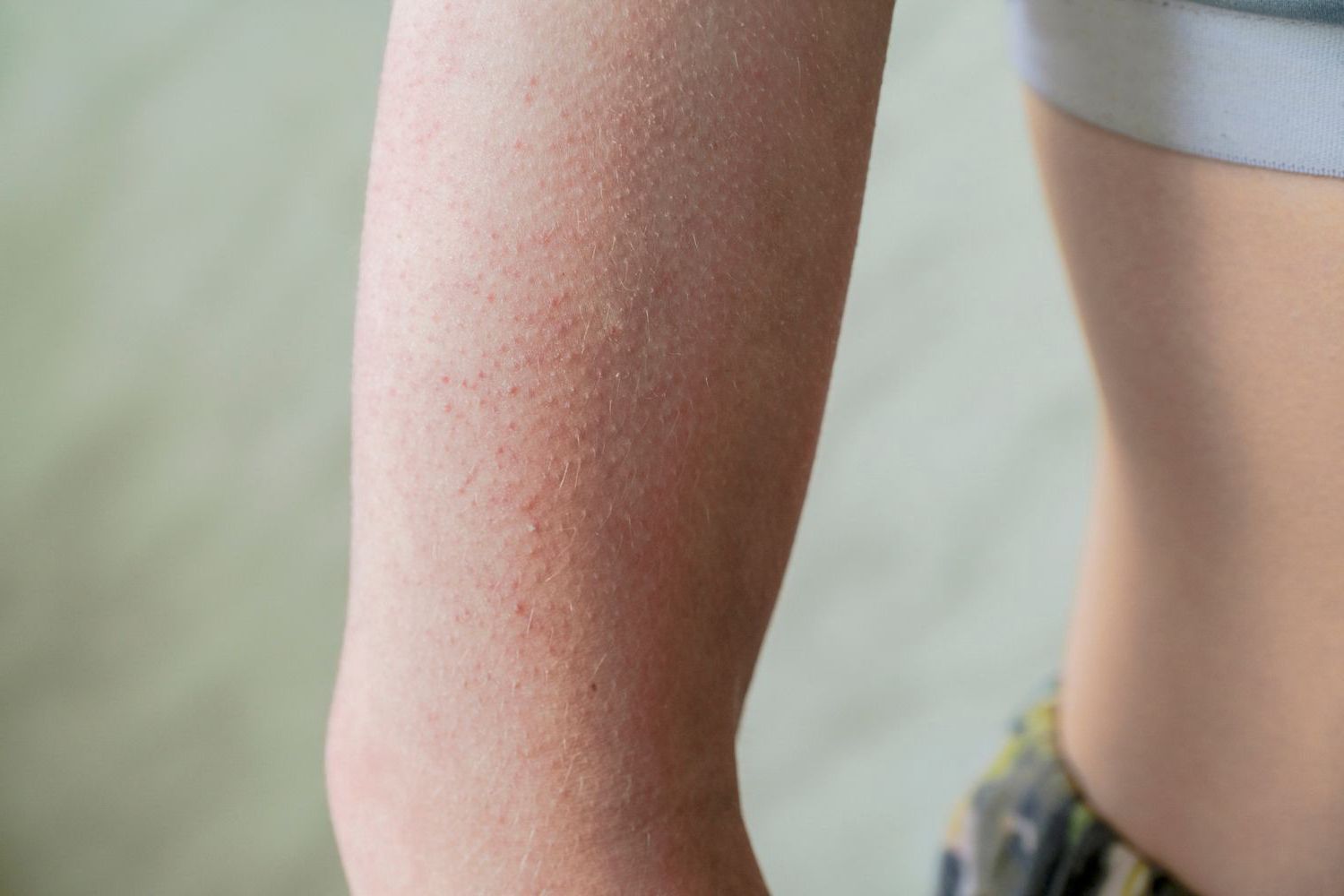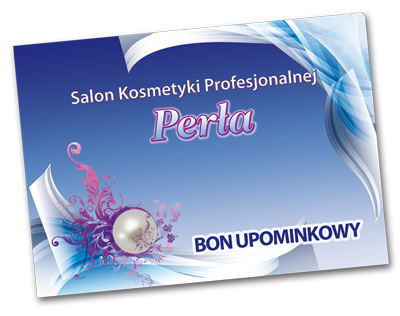Wyprysk z hiperkeratozą - Objawy, Diagnoza i Leczenie
Treatment / Management
Basic skincare measures are important to prevent excessive dryness and to encourage exfoliation. Those remedies include soaps with skin-specific pH, soap-free cleansers, and avoidance of hot baths. Emollients and topical keratolytic agents (lactic acid, salicylic acid, urea) should be advised to be applied over affected areas at the appropriate times.
Surgical procedures have limited relevance in the treatment of hyperkeratosis. In cases of untreatable plantar keratosis with significant daily limitation, skin grafts with rotation skin flap have been demonstrated effective.[25][26]
Corticosteroids are the treatment of choice for inflammation-driven diseases such as lichen planus or psoriasis. Topical application is the best choice for localized disease. Topical applications should last one to two weeks.
Immunosuppressant or immunomodulators (cyclosporin, hydroxychloroquine, mycophenolate mofetil, sulfasalazine, alefacept, efalizumab) can be used in severe recurrent cases.
Topical calcineurin inhibitors (tacrolimus or pimecrolimus) can also be used.
Retinoids, topical or oral-based, are used in disorders of keratinization such as ichthyoses, keratosis folliculitis, and psoriasis. Topical administration is variable and must be evaluated in the appropriate clinical context, treatment usually lasts 8 to 12 weeks.
Combination treatments with lasers (e.g., pulsed-dye laser, 755-nm alexandrite laser, 810-nm diode laser, 1064-nm Nd:YAG laser) and microdermabrasion are noninvasive techniques currently under approval for different hyperkeratotic diseases.
Treatment
Hyperkeratosis is, for the most part, highly manageable through various courses of treatment. The most effective treatment options for the varied types of hyperkeratosis include:
- Keratolytics are designed to break down the outer layer of thick skin.
- Moisturizers help combat dry and rough skin.
- Corticosteroids can reduce inflammation.
- Retinoids are designed to encourage a more regulated level of skin cell growth.
That said, each type will have its own treatments. They can include:
When to Call a Healthcare Provider
Make an appointment with your healthcare provider to discuss symptoms and treatment. Your provider will investigate your condition and advise you on which treatment will work best for you. In some cases, treatment is unnecessary.
Hiperkeratoza – co to jest?
Hiperkeratoza to nazwa procesu chorobowego wierzchnich warstw skóry, w przebiegu którego naskórek znacząco się pogrubia i rogowacieje. Proces namnażania się zrogowaciałych komórek postępuje szybko i intensywnie. Często ma miejsce w okolicy pięt. Rogowacenie w hiperkeratozie jest reakcją obronną wobec drażniących skórę czynników zewnętrznych. Mogą mieć one pochodzenie mechaniczne, jednak zalicza się tutaj również czynniki o pochodzeniu zarówno termicznym, jak i chemicznym.
Wśród przyczyn występowania przykrej dolegliwości, jaką jest hiperkeratoza skóry, często wymieniane jest noszenie zbyt ciasnego i przede wszystkim wprawiającego przez to w znaczny dyskomfort obuwia. Hiperkeratozie często towarzyszy grzybica stóp – także bardzo mocno powiązana z niewłaściwie dobranym rodzajem butów. Łączy ona w sobie najczęściej wszystkie czynniki drażniące skórę. Wywołujące ją grzyby z gatunku Trichophyton przeważnie rozwijają się i rozprzestrzeniają w warunkach ciepła i wilgoci – jeżeli stopy przegrzeją się, a następnie zawilgotnieją, w ich obrębie mogą powstać zmiany grzybicze. Może się tak stać nie tylko w wyniku braku zachowania odpowiedniej higieny, ale także w przypadku niedokładnego wycierania stóp po kąpieli.
Jeżeli przestrzenie między palcami są wilgotne, a następnie stopa zostaje szczelnie okryta skarpetą z nieprzepuszczających powietrza tworzyw sztucznych, takich jak akryl bądź poliester, jest ona narażona na rozwój grzybicy. Sytuacja potęguje się w przypadku noszenia butów z tworzyw syntetycznych słabej jakości. Na grzybicę podatne są osoby, których praca wymaga zakładania ściśle przylegającego do skóry gumowego obuwia ochronnego. Jednak choroba może być również dziedziczona. Ryzyko zakażenia zwiększają rany, otarcia i głębokie, krwawiące zadrapania na stopach.
Zachorowaniu na grzybicę i powiązaną z nią hiperkeratozę sprzyja również cukrzyca i miażdżyca kończyn dolnych. Ta druga choroba wiąże się z niedokrwieniem kończyn dolnych, podwyższoną tendencją do powstawania urazów i zaburzeniami regulacji temperatury.
Hiperkeratoza podpaznokciowa
Jedną z odmian hiperkeratozy jest hiperkeratoza podpaznokciowa. Stanowi ona bardzo częsty objaw łuszczycy paznokci, dlatego, aby nie dopuścić do rozwoju poważniejszego schorzenia, należy jak najszybciej podjąć z nią walkę. Pod paznokciem, zazwyczaj w wyniku niedostatków w zakresie higieny, gromadzą się komórki, które powinny zostać usunięte. Zajęta procesem chorobowym część paznokcia przyjmuje białe zabarwienie i następuje stopniowe oddzielanie się płytki od palca.
Z hiperkeratozą zmagają się nieraz także ludzie, których dotykają bardzo poważne przypadłości. Jedną z nich jest posiadanie stomii, czyli sztucznego ujścia dla produktów przemiany materii, które zastępuje układ wydalniczy. Hiperkeratoza może wystąpić wokół stomii jako efekt nieprawidłowej pielęgnacji i naprzemiennych biegunek i zaparć, a także w wyniku uczuleń na preparaty ochronne. Dlatego istotna jest bardzo dokładna pielęgnacja tej okolicy i dobór odpowiednich kosmetyków.

Co to jest hiperkeratoza?
Rogowacenie naskórka jest naturalnym procesem zachodzącym w organizmie. Czasami ten proces jest mocno nasilony, pomimo odpowiedniej pielęgnacji skóry. To hiperkeratoza. Nadmierne rogowacenie naskórka prowadzi nie tylko do nieestetycznych zmian. Może spowodować także powstanie odcisków, pęknię�ć, czy nawet stanów zapalnych skóry. Zmiany te bywają bardzo bolesne. Dlatego jeśli podejrzewasz u siebie hiperkeratozę, nie lekceważ problemu, tylko umów się na konsultację dermatologiczną.
Hiperkeratoza najczęściej dotyka stóp, dłoni i paznokci (wówczas mowa o hiperkeratozie podpaznokciowej), ale może także dotyczyć skóry głowy. Jest częstym objawem łuszczycy, nadmiernie suchej skóry, alergii kontaktowej. Może z nią współwystępować zakażenie grzybicze.
U zdrowej osoby proces odbudowy naskórka trwa od 26 do 28 dni. Natomiast przy hiperkeratozie ten proces skraca się nawet do około 3–4 dni. W warstwie rogowej naskórka zbyt szybko namnażają się komórki i w związku z tym na skórze powstają bolesne zmiany.
Hiperkeratoza na stopach
Jeśli hiperkeratoza pojawi się na stopach, to naskórek stanie się suchy. Zmieni kolor na żółty, biały lub szary. Może pękać i łuszczyć się, ale też przyjąć formę zgrubienia o jednolitej konsystencji.
Hiperkeratoza pojawia się najczęściej na:
- piętach,
- zewnętrznych krawędziach podeszew,
- paluchu stopy.
 U nas zapłacisz kartą
U nas zapłacisz kartą
